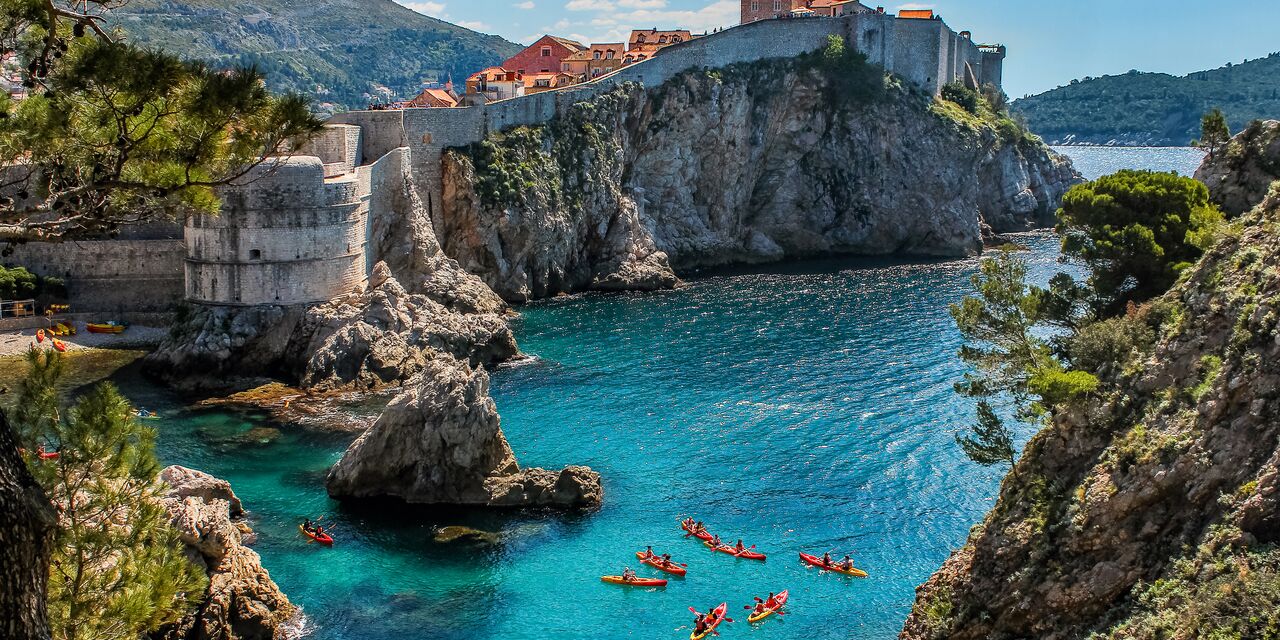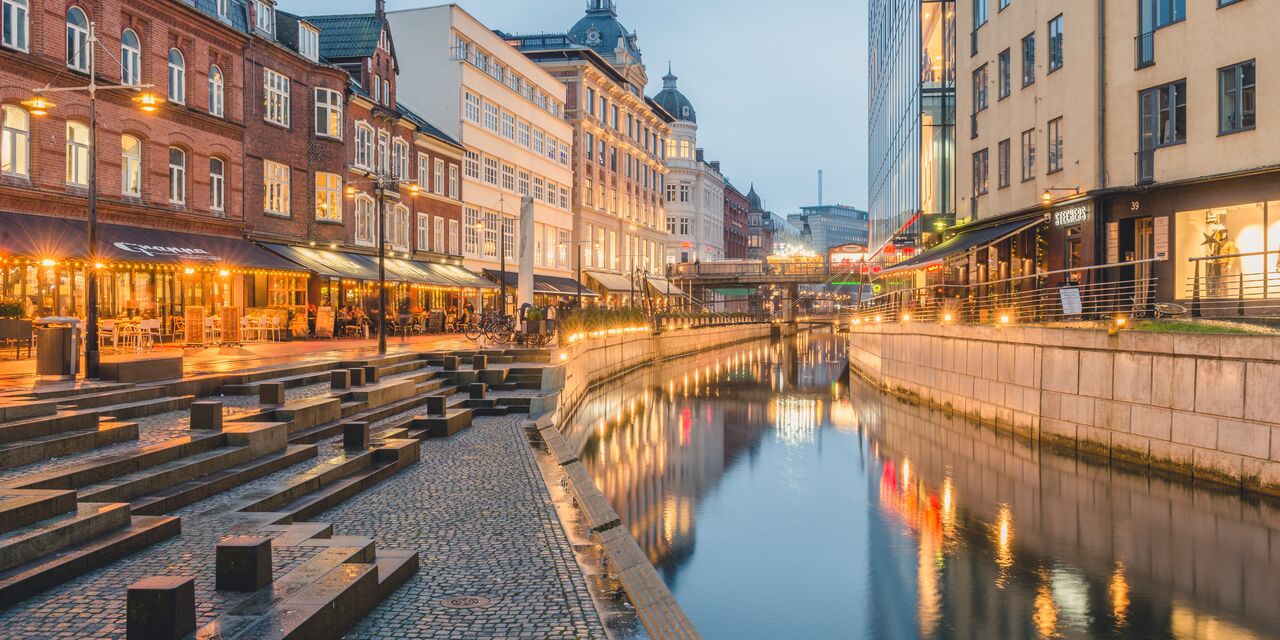
Castle on the island
The town of Trakai is surrounded by water on 3 sides: Lake Totoriškių in the west, Lake Luka in the east and Lake Galvė with its 21 islands in the north. The strategic location of the peninsula has attracted numerous groups of people throughout the centuries, but the most memorable inhabitants were the grand dukes, who ran the show in the Middle Ages. The 14th-century grand duke Gediminas made Trakai Lithuania’s capital and his successors built the famous gothic castle as their seat of power. The castle is by far the most popular attraction in Trakai. You can also visit the museum on Lithuanian history and culture within the thick fortress walls. The castle’s inner garden serves as a venue for concerts and national festivals, like the Trakai Medieval Festival each June. The impressive structure with its red towers can be reached from the mainland via 2 footbridges, as well as by sailboat or canoe.
The Karaites
Not only the architecture, but also the people of Trakai have a long and colourful history. Trakai is famous for the Karaites, who originated from Turkish-speaking Jews that made their way to the Crimea from Mesopotamia hundreds of years ago. In the 14th century, they ended up in Trakai at the invitation of grand duke Vytautas, who choose his bodyguards from this ethnic minority. A number of Karaitic families still live in Trakai and traces of their unique culture can still be found, such as the Kenesa, the traditional place of worship of the Karaites. There is also the Kybynlar restaurant, where you can order traditional Karaitic delicacies.




















